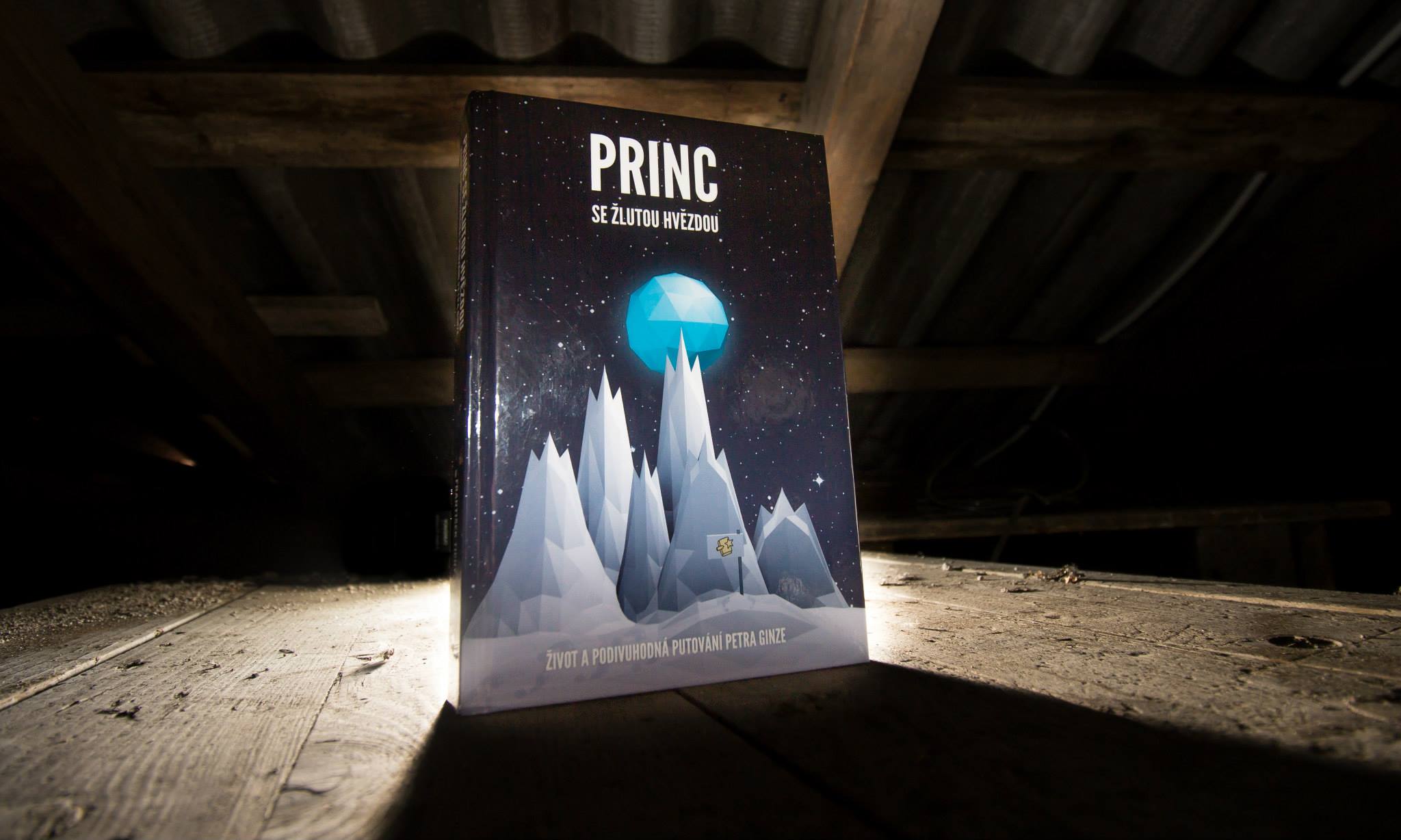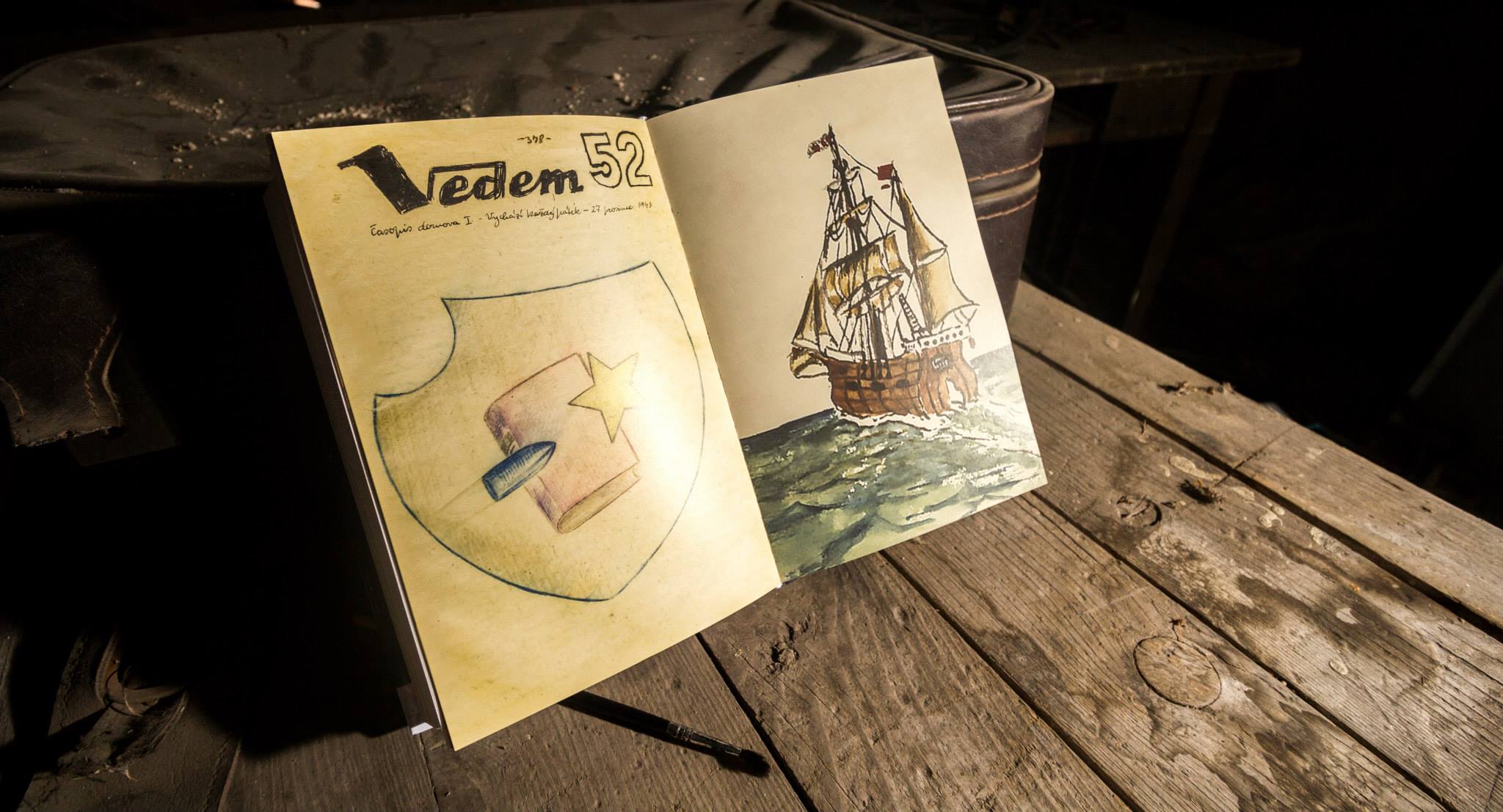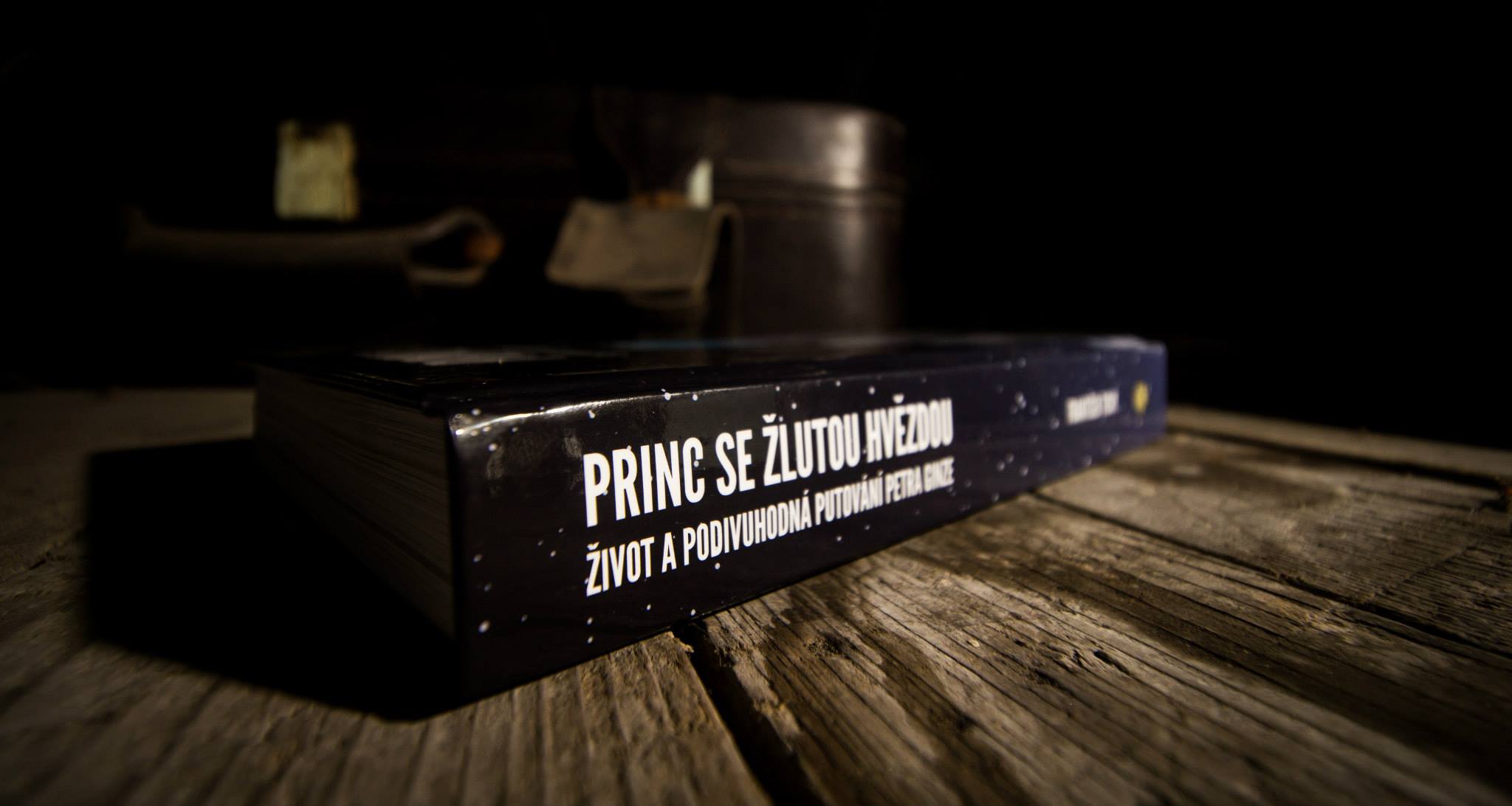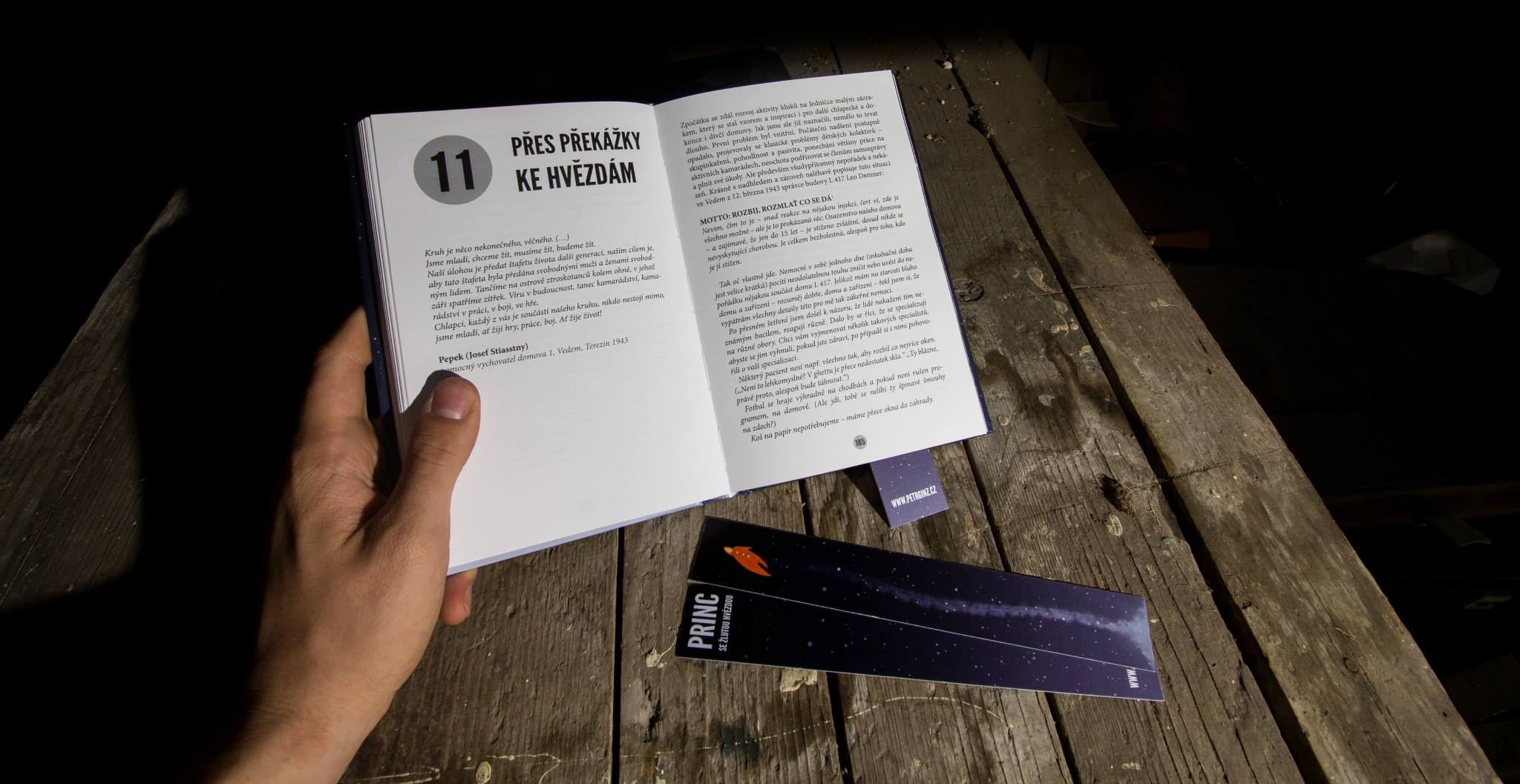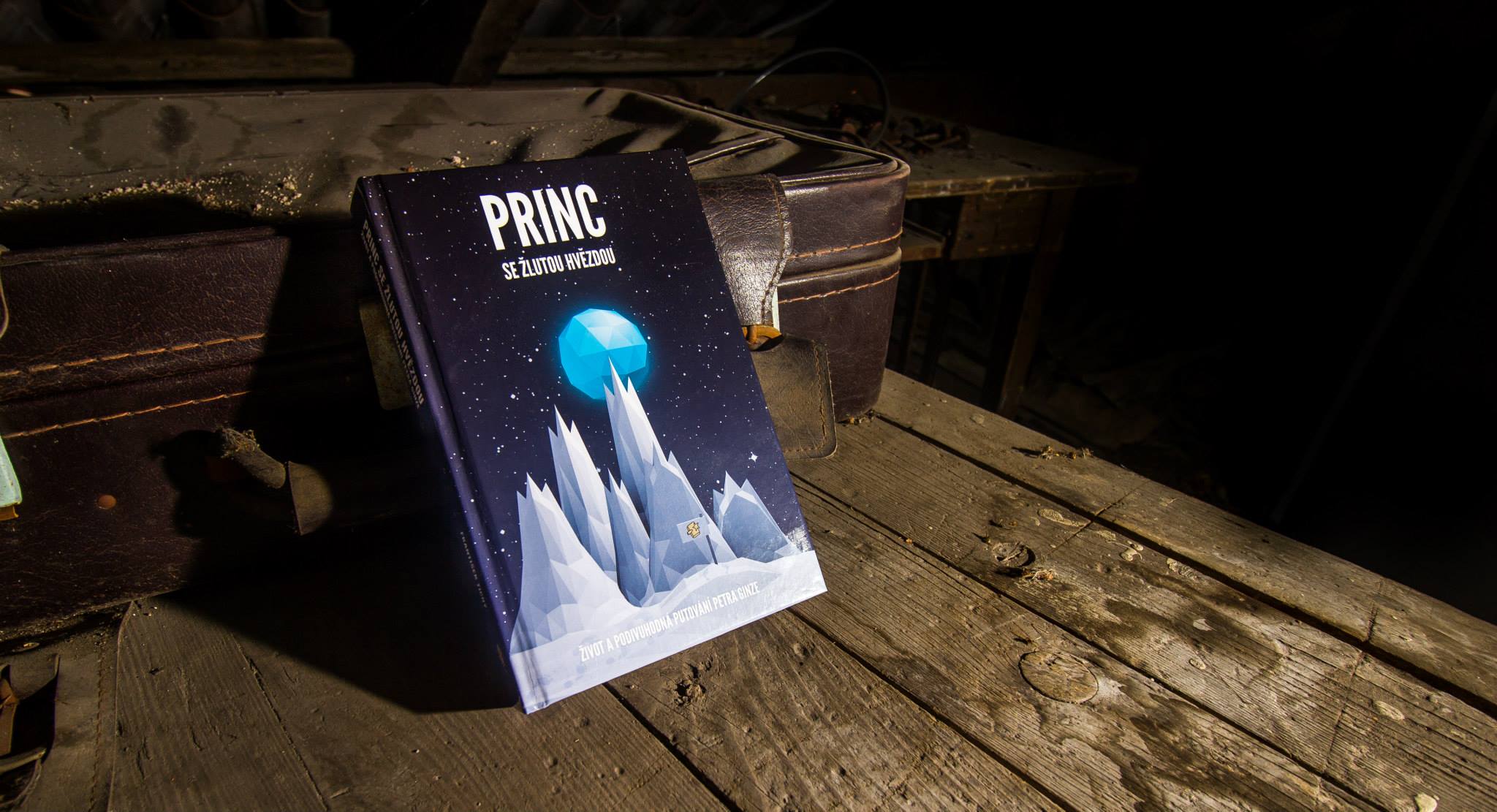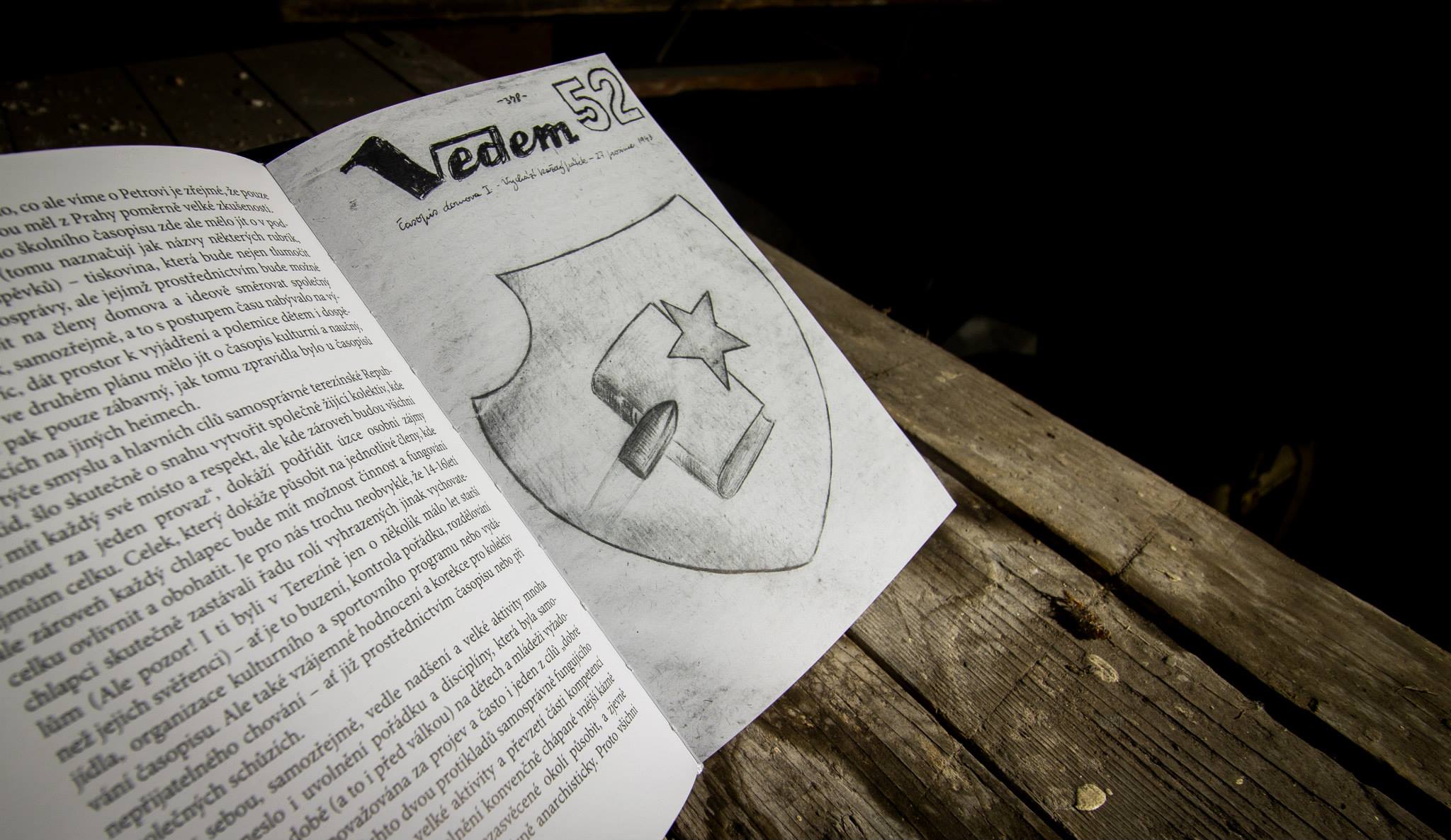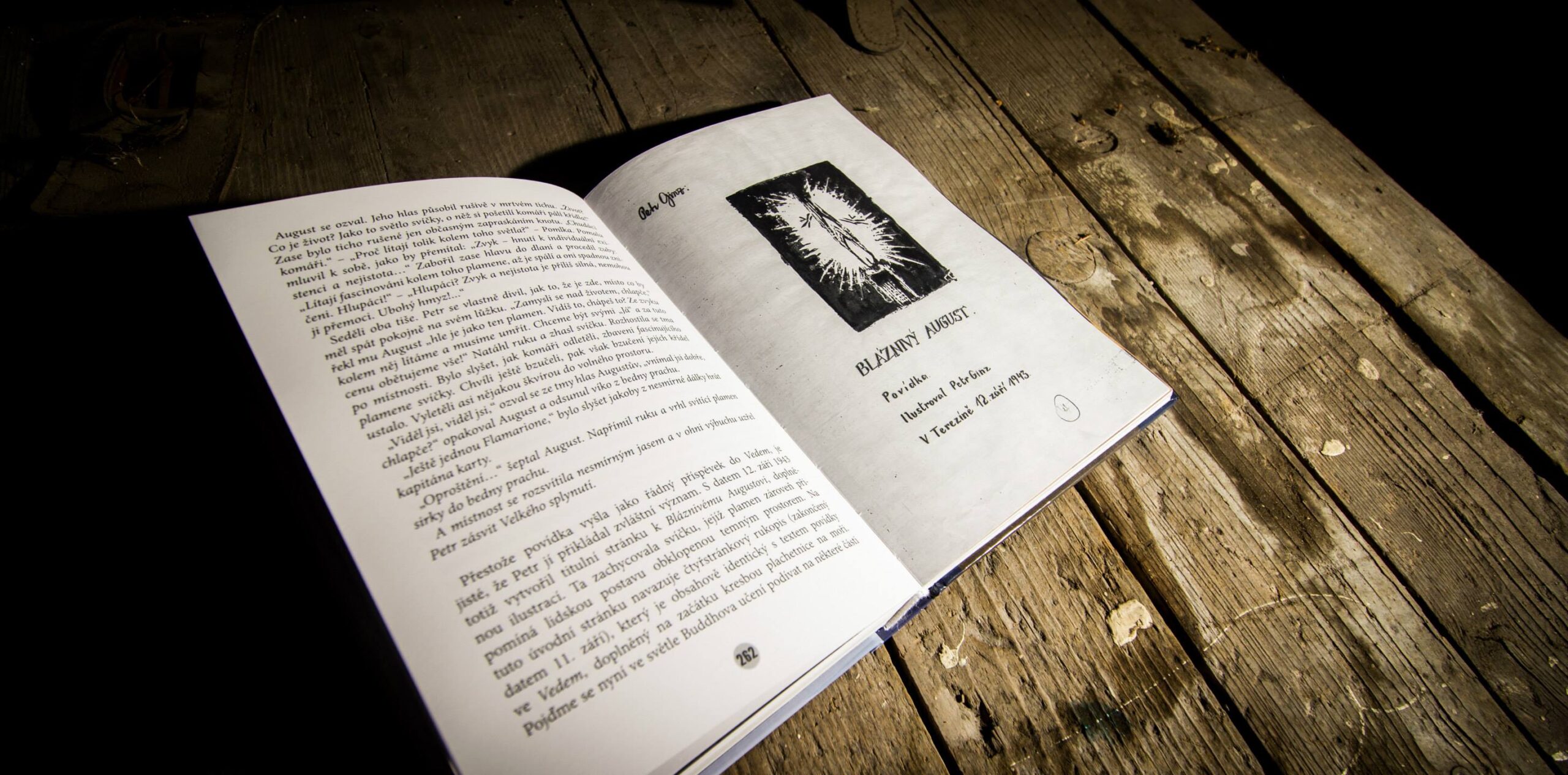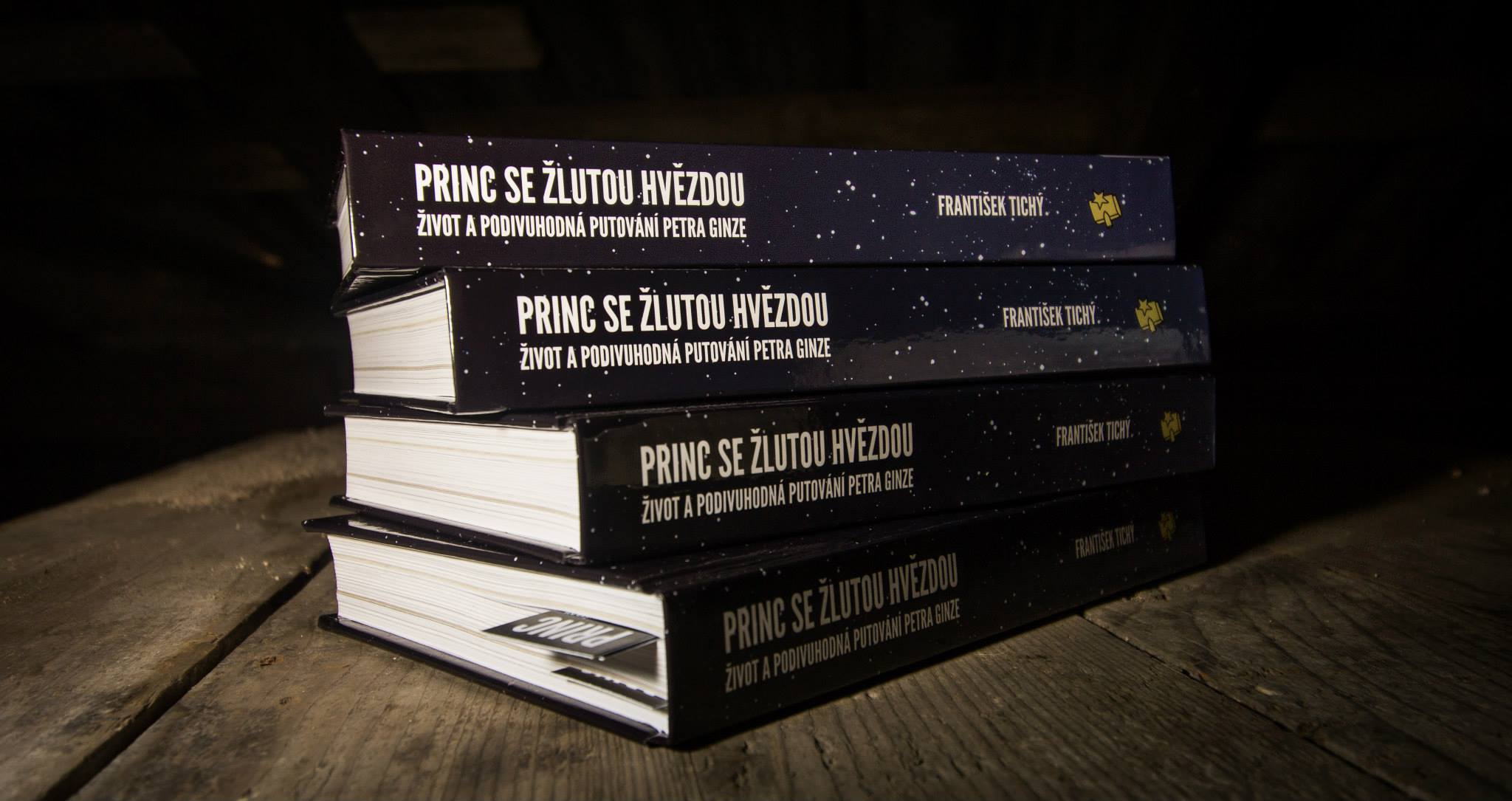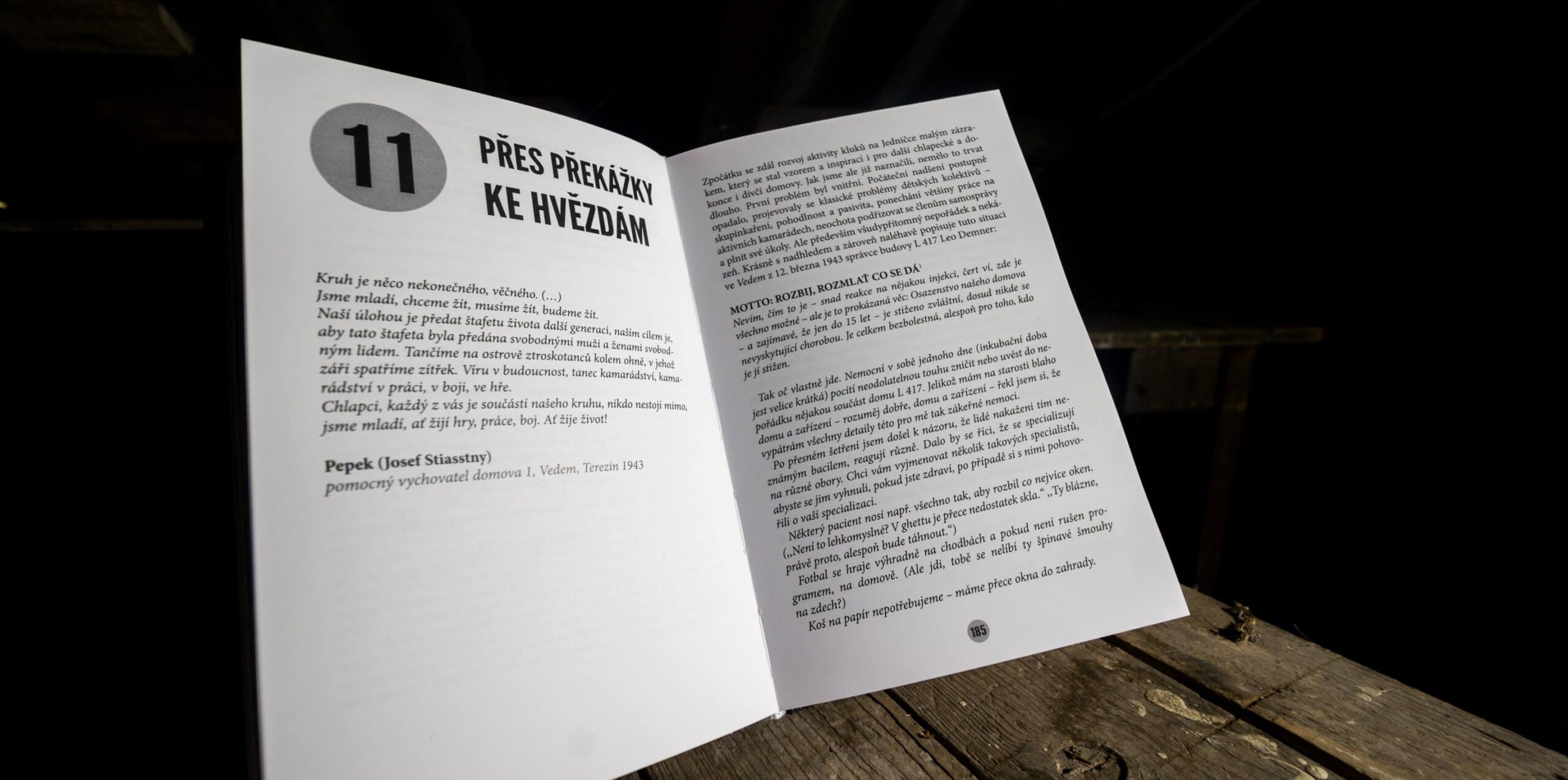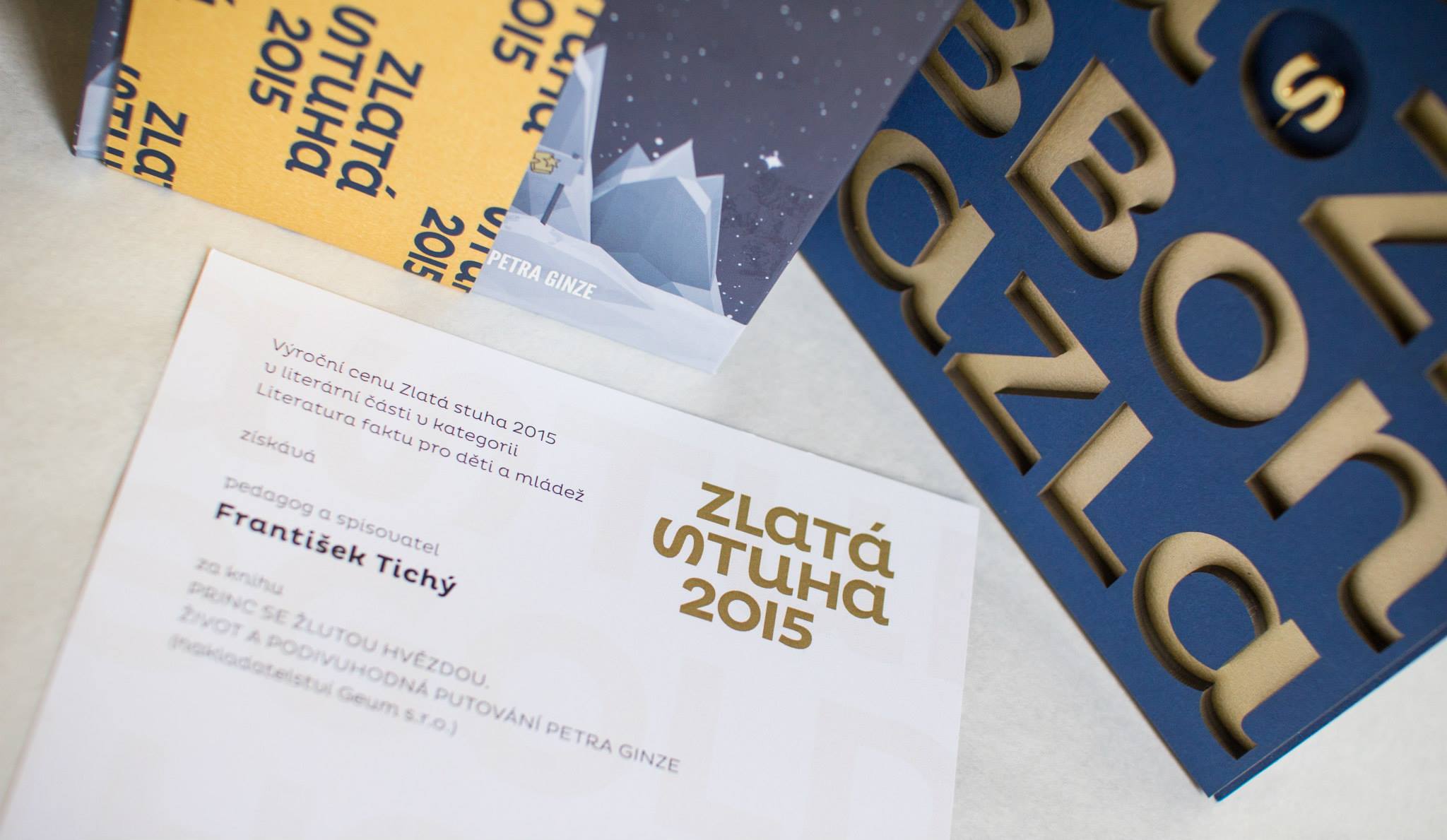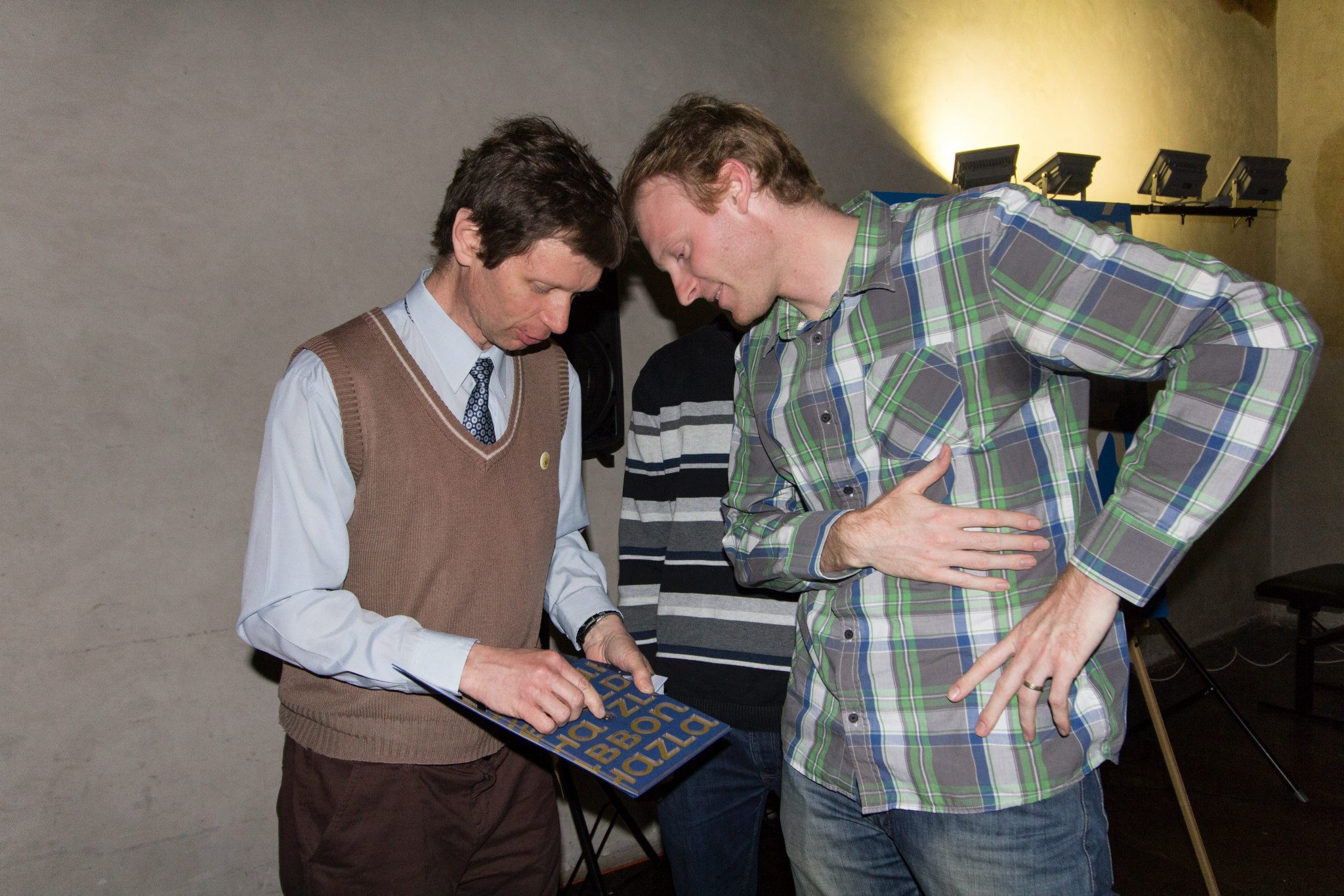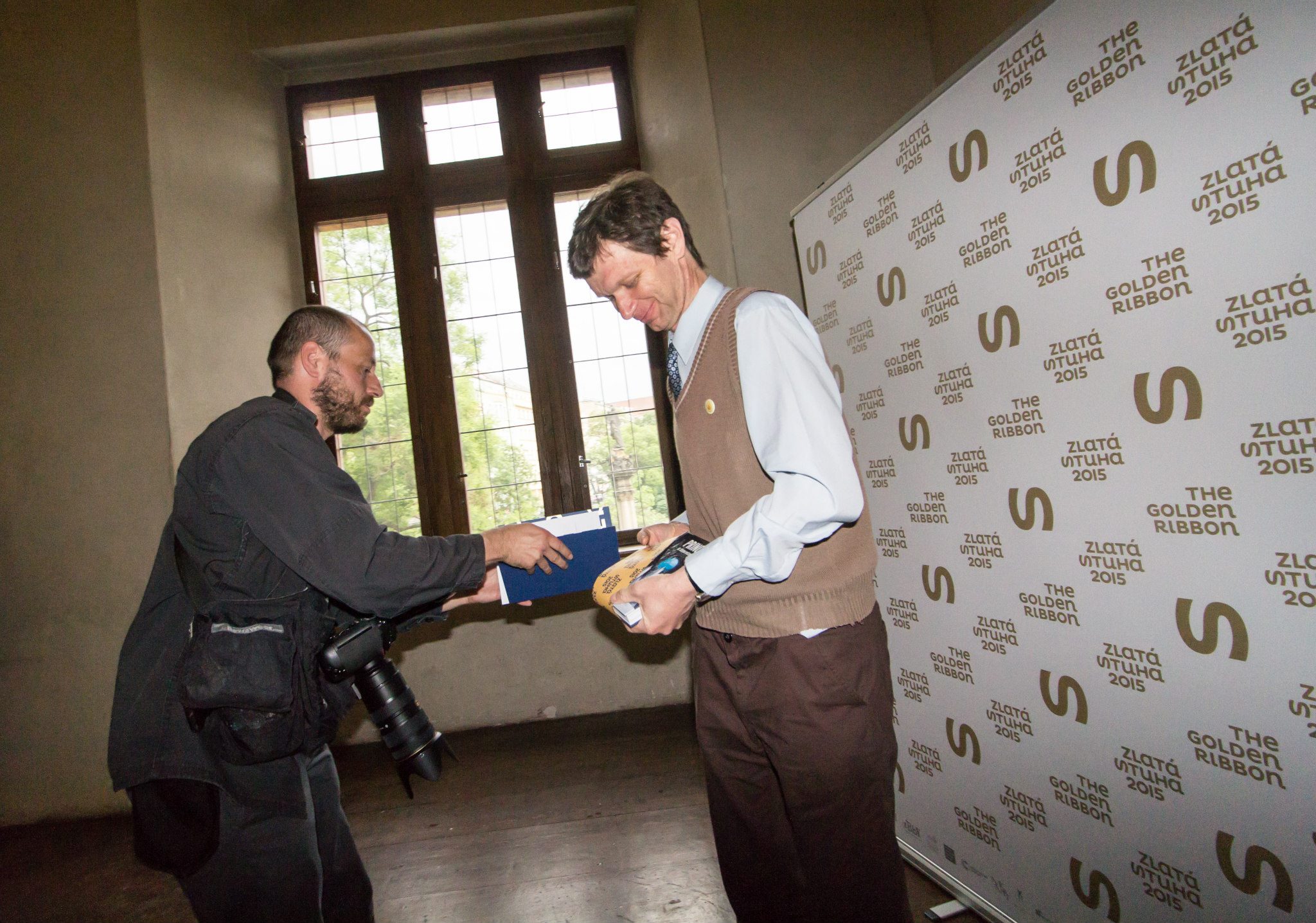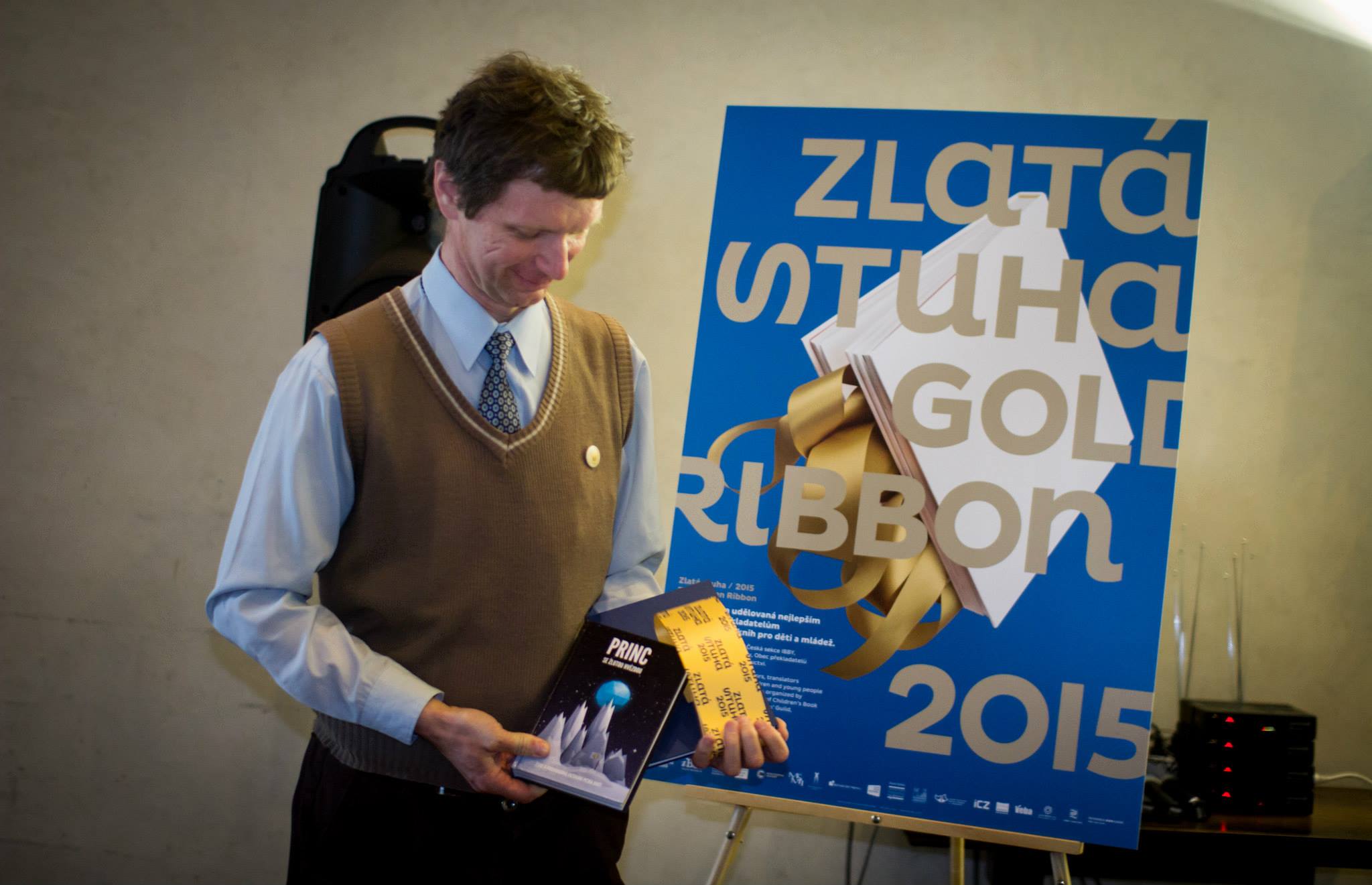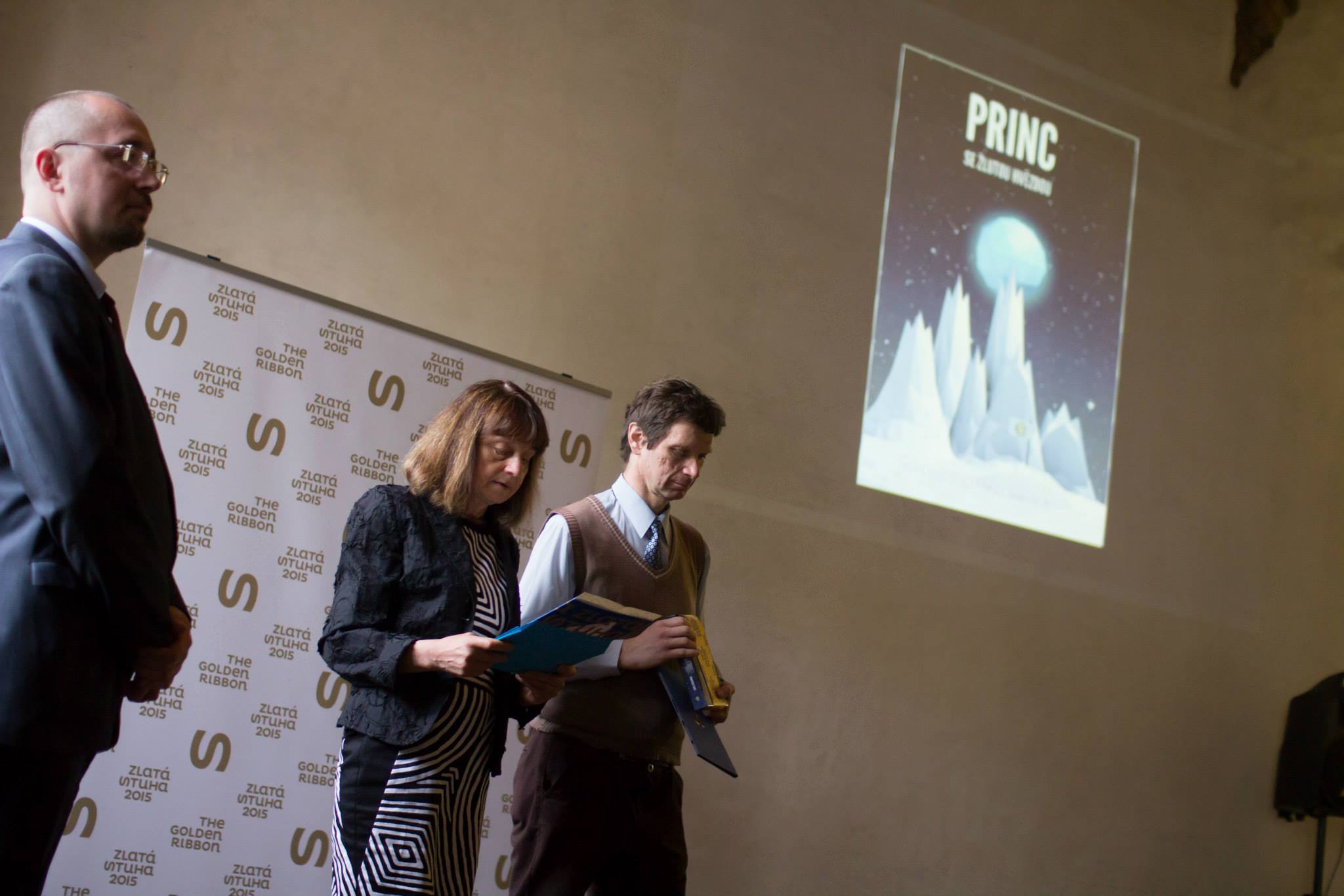The Prince with the Yellow Star
Life and Extraordinary Journeys of Petr Ginz
…from Prague through Terezín and Birkenau to Space and Beyond
The book portrays the life and work of a talented Prague boy who, as a Jewish half-breed, was interned in the Terezín Ghetto in 1942. Among other things, he organized the publication of the secret magazine Vedem, and at the age of barely 17, he was murdered in the gas chamber of Birkenau. He gained fame when his drawing was taken aboard the Columbia space shuttle by the first Israeli astronaut. The book explores Petr’s family, childhood, life in occupied Prague, and his activities in Terezín. It delves into the organization of education for boys in Home 1 of the Terezín Ghetto, including the development of children’s self-government, the daily realities of life in the ghetto, and the tragic end of Petr’s life.
Golden Ribbon Award 2015 in the category of non-fiction literature
Best books for children and young adults
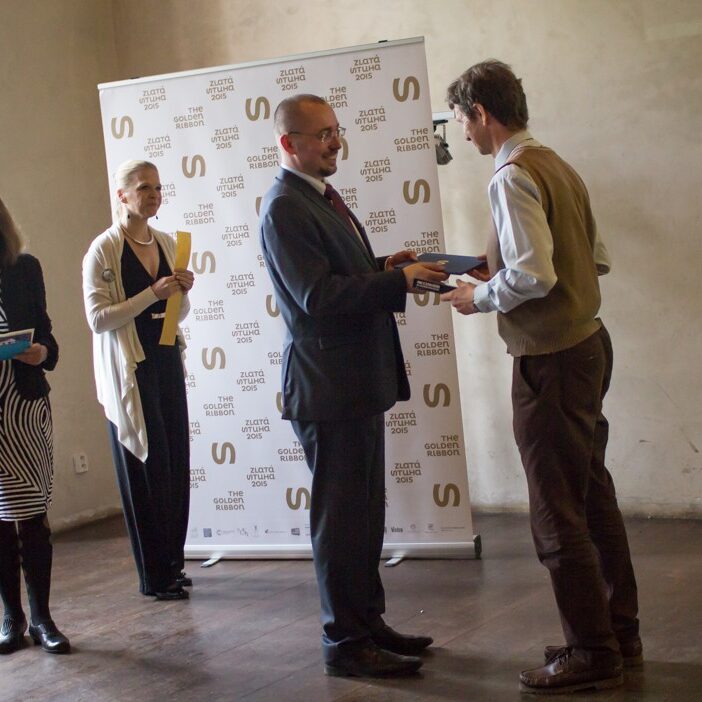
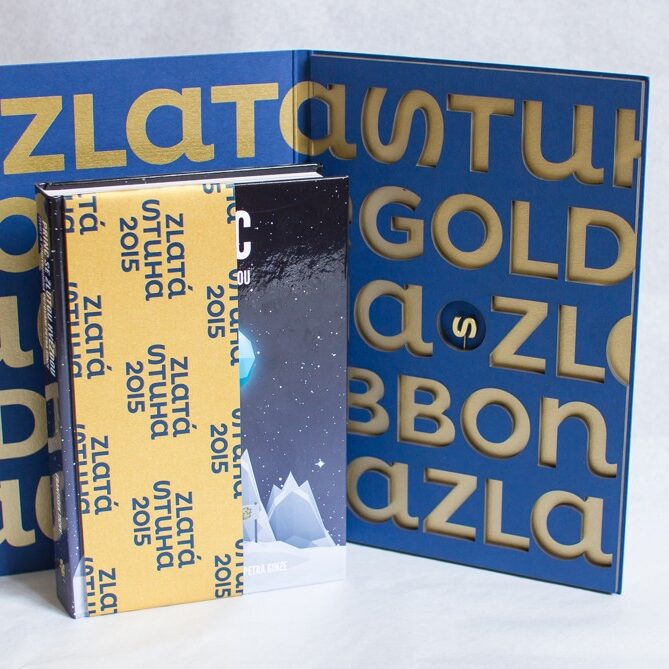
Engaging storytelling is complemented by a large amount of authentic texts by Petr and several dozens of visual materials. A significant portion of these materials is published for the first time through this book. Petr’s sister, Chava Pressburger, played a significant role in the creation of the book.
Petr Ginz
Petr Ginz, born on February 1, 1928, was a multifaceted and talented boy. He wrote numerous short stories and started several novels. He created several hundred artworks depicting Prague and the Terezín Ghetto. His most famous drawing, “Earth as Seen from the Moon,” was taken aboard the Columbia space shuttle by the first Israeli astronaut, Ilan Ramon. In the Terezín Ghetto, Petr initiated and led the publication of the secret magazine Vedem. He was murdered in the gas chamber at Auschwitz-Birkenau in September 1944.
Childhood
Petr was born in Prague in a mixed family in the Těšnov neighborhood, across from the former Denisov train station. He had a younger sister named Eva. His father was Jewish, and his mother was of non-Jewish origin. Both parents were enthusiastic Esperantists and highly educated. They emphasized a healthy lifestyle, engaged in sports with their children, and encouraged reading and cultural activities.
In addition to his literary and artistic talents, Petr showed interest in many other subjects. He loved Jules Verne’s books, enjoyed inventing things, and was an avid seeker of truth, whether it was related to history, astronomy, paleontology, geography, or other fields.
In 1939, Petr completed a novel called “A Visit from Prehistory,” which was a paraphrase of Verne’s works. It described the discovery of a prehistoric monster in Africa, which turned out to be a giant machine constructed by a dictator to enslave the indigenous population and eliminate political opponents. Like in many of his works, Petr stylized himself as the main protagonist, a boy named Pierre.
Protectorate restrictions and the diary
From 1941 to 1942, Petr kept a regular diary in which he described, through the eyes of a boy, his personal experiences and the situation in Prague during the Protectorate and the advancing persecution of Jews.
During this time, he was no longer allowed to attend school with non-Jewish children. In addition to the limited education, which was organized on a rotating schedule, with classes held in the morning and afternoon, he (like other Jewish children) was increasingly assigned to work in Prague. However, none of these restrictions diminished his innate optimism.
During this period, his organizational skills became evident in planning various school events and helping his classmates, as well as in organizing boys’ games and outings. He enjoyed spending time alone, in silence and nature.
Terezín Ghetto and the new home in L417
In October 1942, Petr was summoned to be transported to the Theresienstadt Ghetto, where he was assigned to the “Boys’ Home 1” (Heim 1) in building L 417, under the pedagogical leadership of Valter Eisner, a young teacher from Brno. Eisner created a lively and creative collective from a group of several dozen boys living together in one room (one of the classrooms of the former Theresienstadt school). They referred to themselves as the “Republic of Škid.” Here, the boys not only studied secretly but also established their own self-government, democratically addressing their own issues.
Every Friday, they published a magazine called Vedem, of which Petr was the initiator and editor-in-chief. In addition to creating a large number of reports depicting life in the ghetto, reflections, short stories, and poems himself, he systematically encouraged literary, journalistic, and artistic creation among his friends. It was customary for him, with his compassionate persistence, to “extract” articles even from boys who considered themselves completely incapable in this regard, and they were able to produce very interesting texts.
During his time in Theresienstadt (just to clarify, he was 14 years old when he arrived in the ghetto and stayed there for two years), his diverse interests in various fields of human knowledge deepened. He had access to the Theresienstadt library and read a large number of books in his spare time, ranging from quality fiction to history, philosophy, and natural sciences. He also had an interest in Buddhism.
He utilized his knowledge, among other things, in secret evening lectures that regularly took place at “Heim 1,” where he often gave presentations alongside other boys and guests. In May 1944, his sister Eva was transported to the ghetto, and her memories of the encounter with Petr were recorded in her diary.
Transport to the East
At the end of September 1944, Petr, along with his cousin Pavel, was included in a “transport to the East,” and after several days of waiting at the Hamburg barracks, they were transported to Auschwitz-Birkenau on September 28, 1944. Petr had been ill and weakened for some time before the transport.
After a several-day journey in “cattle” wagons to Poland, upon arrival at the concentration camp, according to the testimony of an eyewitness, during the selection process conducted by Dr. Josef Mengele, Petr was sent directly to the gas chamber.
At the end of the war, Petr’s friends managed to save the magazine Vedem. Petr’s sister Eva and his parents survived the war.
The Earth from the Moon
In 2002, when the first Israeli astronaut was preparing for his flight, it was Ilan Ramon who wanted to take a Holocaust memorial with him on his journey. Among many images, he ultimately chose Petr’s drawing “The Earth as Seen from the Moon,” which the boy had created in Prague before his deportation. The flight was postponed several times due to weather conditions and technical issues, but it finally took place on January 16, 2003. However, upon the spacecraft’s return to Earth on February 1, 2003, it tragically exploded, likely due to the impact of frozen insulation foam on the heat shield, and none of the crew members survived.
In response to this event, the Czech Post issued a commemorative stamp featuring Petr’s photograph and a reproduction of his drawing. Several months after the accident, an unknown person from Prague contacted Petr Ginz’s sister, who was then living in Israel, to inform her that he had found Petr’s diaries from the pre-deportation period in a house he had purchased in Modřany. After supplementing them with additional memories and articles, his sister published them under the title “The Diary of My Brother” by Trigon Publishers. This book has since been translated into 14 languages.
In March 2004, a newly discovered asteroid with the serial number 50413 was named Petrginz. In 2007, Petr’s novel “A Visit from Prehistory” was published by Franz Kafka Publishers. In Prague-Záběhlice, a street was named after Petr Ginz.
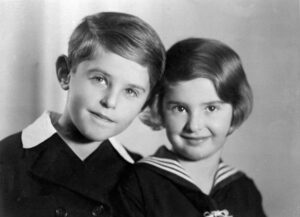
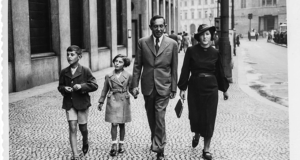
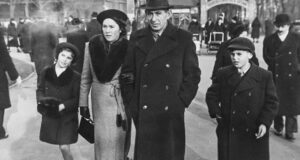
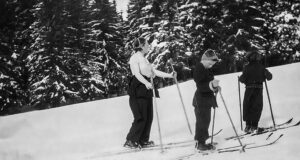
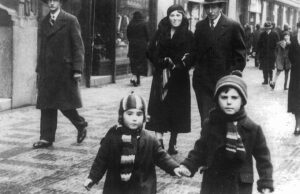
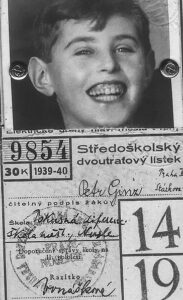

Reviews
The author has created an incredibly engaging story, thrilling and yet infused with hope and life despite the tragic realities. As it is a historical biography, the compelling narrative is complemented by a range of authentic historical texts and visual materials that have not been published before. These materials are made available for the first time through the collaboration and contributions of Yad Vashem Museum in Jerusalem, the Jewish Museum in Prague, and numerous other institutions and personalities, including Petr’s sister, Chava Pressburger.
Rating Golden Ribbon 2015″
Author: František Tichý
Publisher: Geum
Number of pages: 378

